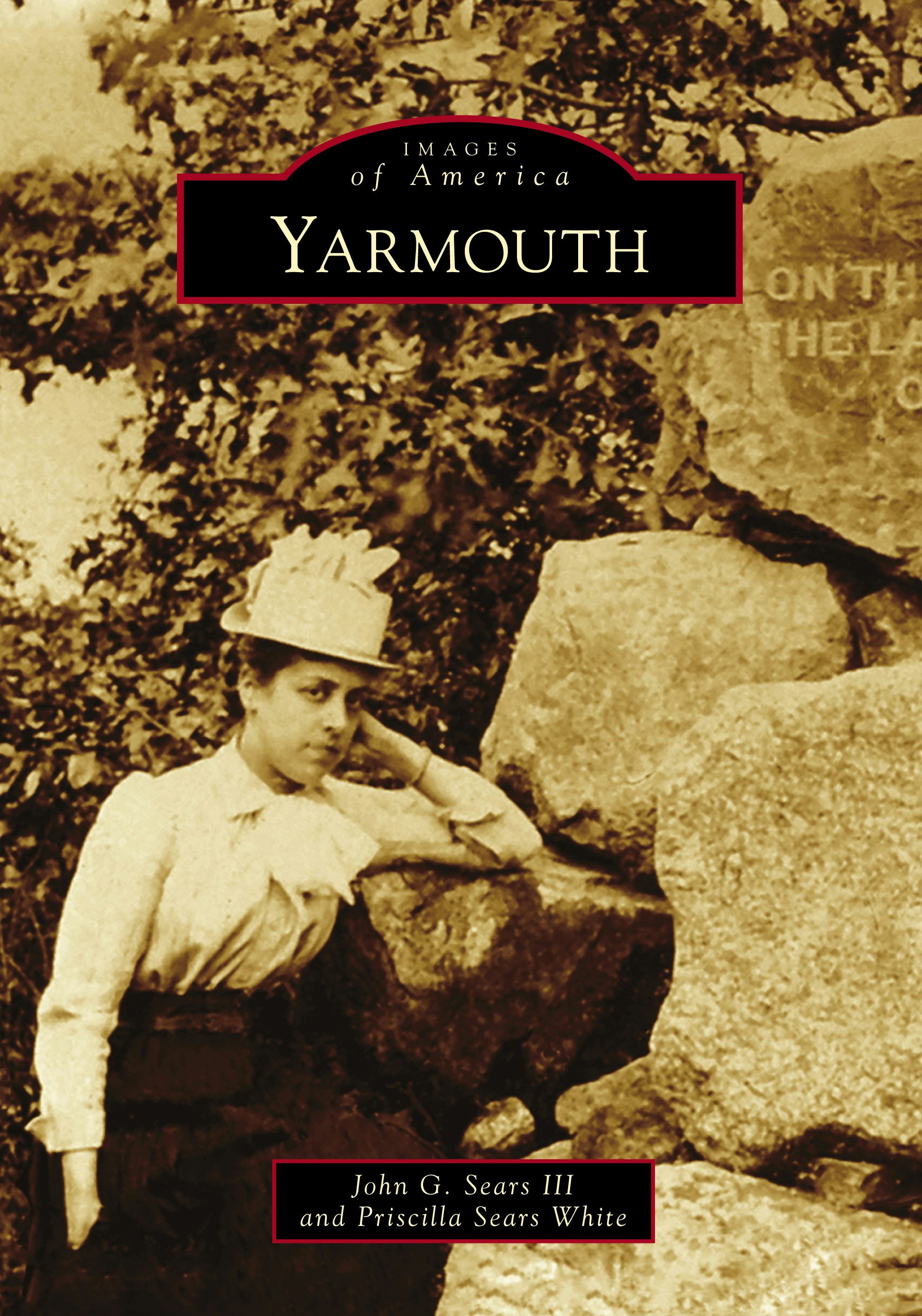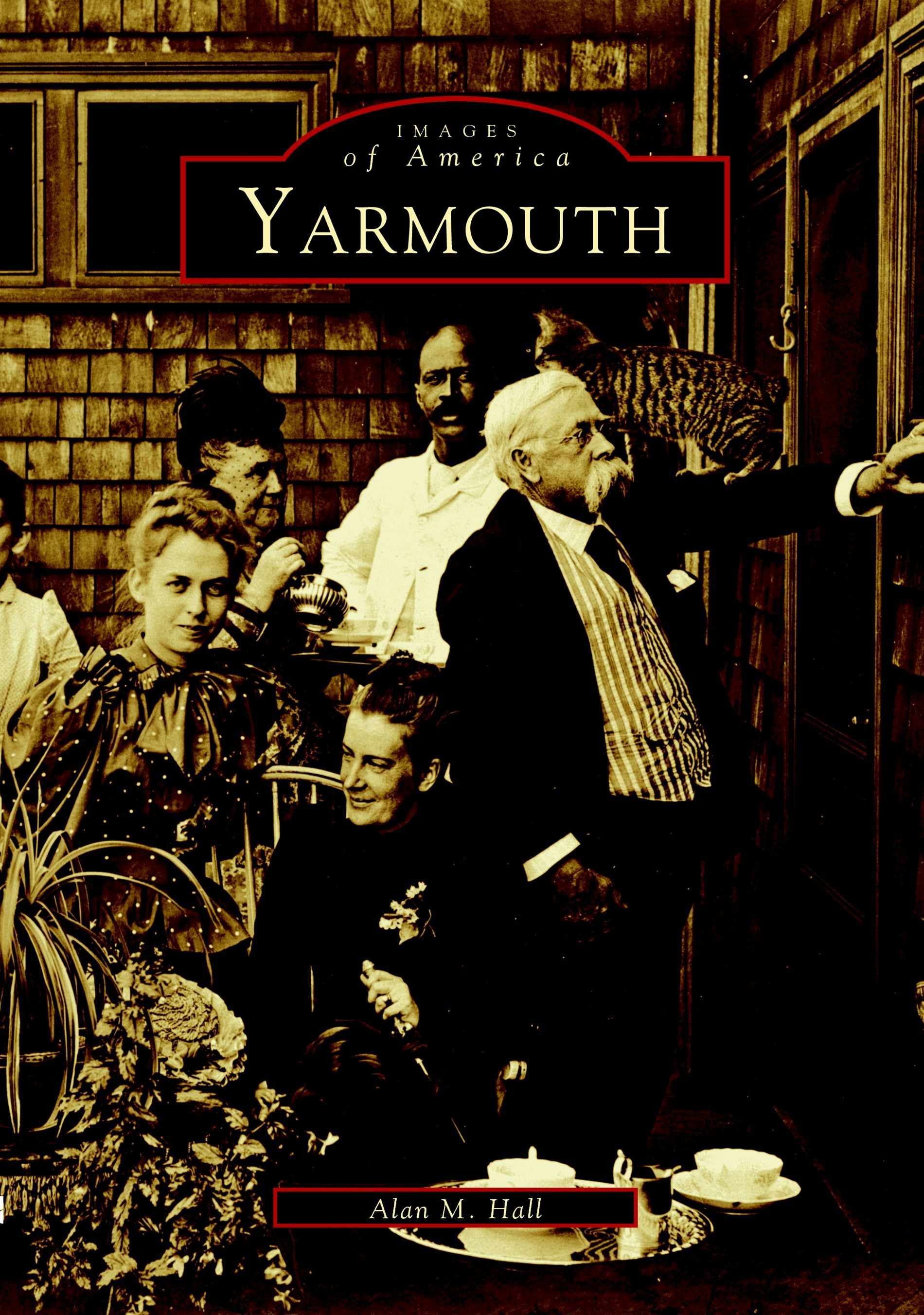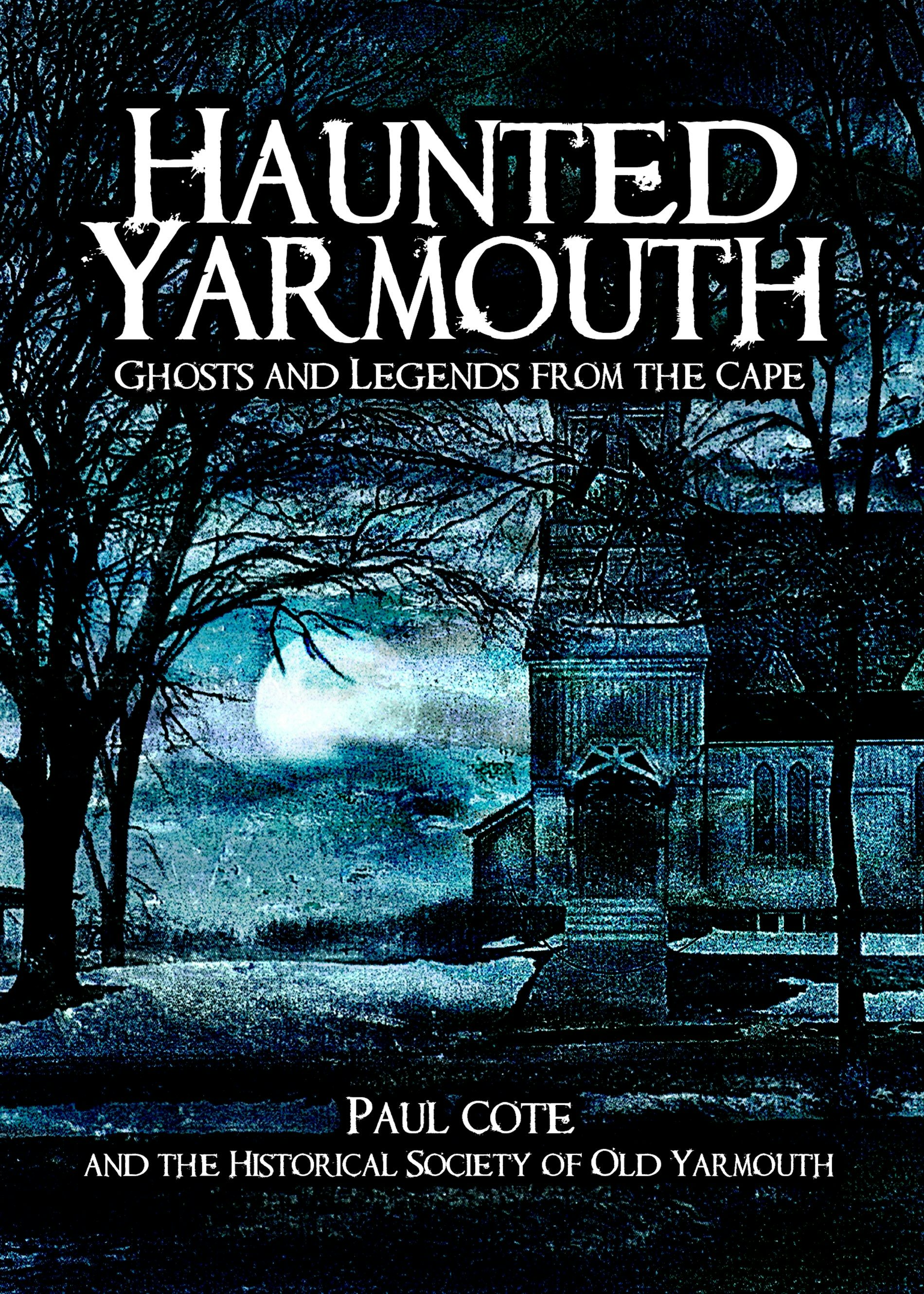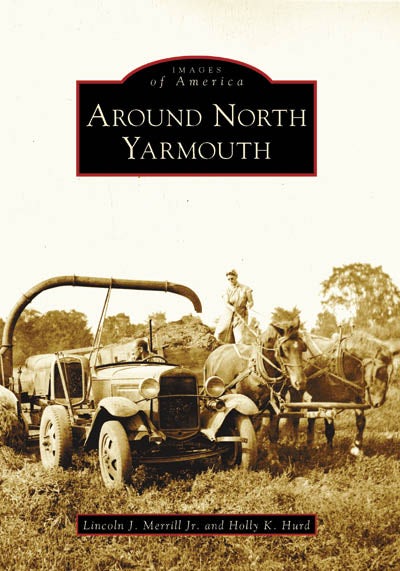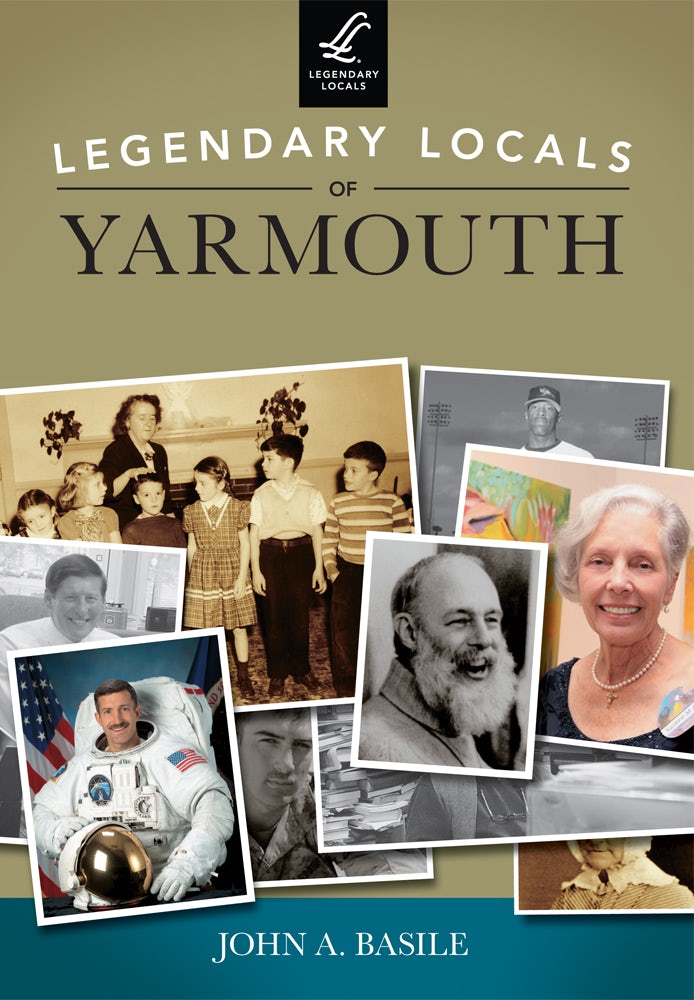
Butte was an incomparable city, but in late 1918, some of the things that made it so exceptional also made it incredibly cruel. That year, the Spanish flu swept across the country, killing some 675,000 Americans before year's end. Some of the country's highest mortality rates occurred in its cities--Philadelphia, San Francisco, Boston, and Butte. In less than six months, the virus killed almost 2 percent of Butte's residents and overwhelmed public health systems. Experimental treatments, civil unrest, death, and human resilience followed in the dramatic final weeks of the year. Author Janelle ... Read More
Formats
Paperback


